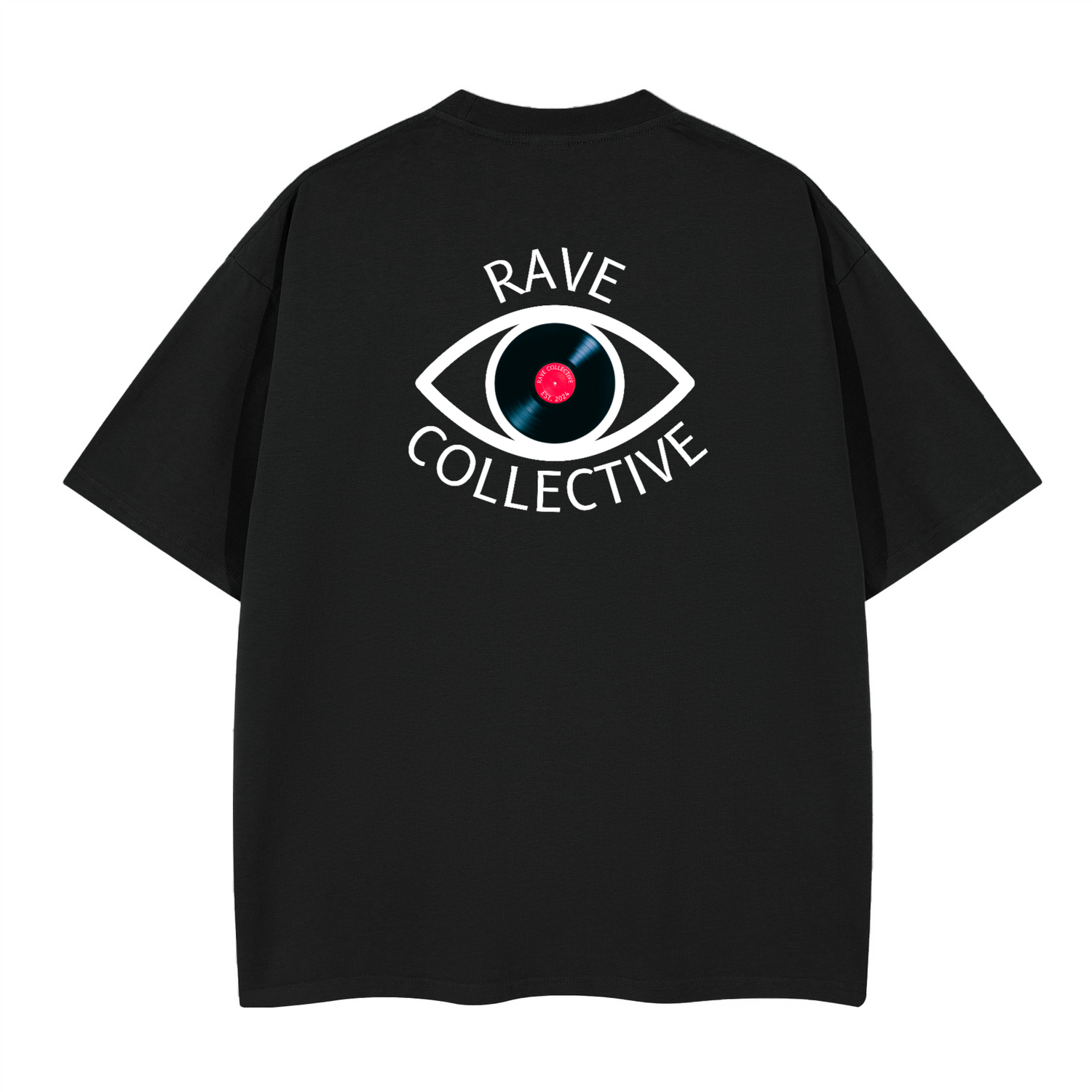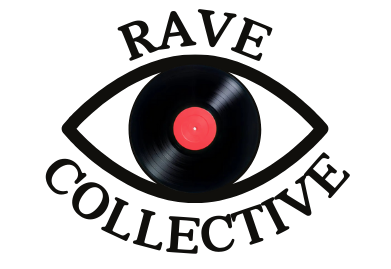Rave vs Festival - What's the Difference and Which Is Better?
In recent years, both raves and festivals have become integral parts of global music culture, offering an escape for those seeking unforgettable experiences, connection, and of course, incredible music.
Whether you’re a seasoned event-goer or just curious about what sets these two apart, understanding the differences between raves and festivals can help you decide which event is right for you.
While both offer unique atmospheres, music, and fashion, one may resonate with you more than the other. So, let’s dive into the details to help you decide: rave vs festival—which is better?
What Is the Difference Between Festival and Rave?
At first glance, raves and festivals might appear to have a lot in common. Both are large-scale music events, bringing together people who love to dance, vibe, and share the experience of live performances. However, they have very distinct origins, cultures, and atmospheres.
Festivals are often multi-day events held in open outdoor venues like parks, fields, or stadiums. They feature a diverse array of music genres and cater to a wide audience.
Raves, on the other hand, tend to focus specifically on electronic music and are often held in more intimate, underground (often hot) spaces like warehouses or clubs. While festivals often attract mainstream audiences, raves typically appeal to those who thrive in the subcultures of house, techno, and drum and bass.

Music
Festival
Festivals are known for their eclectic musical lineups. Whether it’s rock, indie, hip hop, or EDM, festivals have something for everyone. Big festivals like Glastonbury or Lollapalooza feature multiple stages, each dedicated to different genres, providing variety and attracting a diverse crowd. The atmosphere at festivals is often more laid-back, with attendees having the freedom to move between stages and discover new artists.
Rave
Raves, in contrast, revolve around electronic dance music, particularly house, techno, drum and bass, and other subgenres of EDM. The vibe at a rave is intense, immersive, and deeply rooted in underground culture. The focus is more on the rhythm and the dance floor experience, with DJs seamlessly transitioning between tracks to keep the crowd dancing non-stop. At a rave, the music is more niche and typically caters to a community that shares a deep appreciation for specific electronic sounds.
Fashion
Festival
Festival fashion tends to be a fusion of practicality and style. Since festivals often span several days and take place outdoors, attendees choose comfortable clothing that can withstand long hours in various weather conditions. Think graphic t-shirts, flowing dresses, floral patterns, and wide-brimmed hats. Comfort is key, so sturdy footwear like trainers, boots or sandals are common, as well as layers for changing temperatures.
Rave
Rave fashion is bold, futuristic, and experimental. It’s not uncommon to see neon colors, reflective materials, and edgy, minimalistic designs. when deciding what to wear to a rave, Rave-goers embrace a sense of freedom when it comes to fashion, often opting for outfits that are both eye-catching and comfortable for dancing all night. Rave Collective, for example, offers rave-inspired clothing designed to blend comfort with cutting-edge style. Our Summer Linen Short Sleeve Shirt is a perfect example of rave fashion that’s minimalistic yet on-trend.
Venues
Festival
Festivals usually take place in large, open spaces like parks, fields, or even stadiums. These sprawling venues accommodate multiple stages, art installations, food vendors, and large crowds. The space allows for a wide variety of experiences beyond music, such as camping, outdoor activities, and socializing with other attendees in more casual, open areas.
Rave
Raves tend to be hosted in more intimate and often underground spaces. Think warehouses, clubs, or even secret outdoor locations. The venue is an integral part of the rave experience, as it adds to the immersive and underground feel of the event. The smaller, enclosed space creates a more intense atmosphere, with the music and lighting engulfing the entire room.
Art
Festival
Art plays a significant role at festivals, where large installations, interactive displays, and live art performances are common. The artistic experience at a festival often goes beyond the music, providing attendees with a creative, visual feast. From sculpture gardens to massive murals, festivals celebrate art as an essential part of the overall experience.
Rave
Raves use art in a different way, often incorporating digital art, projections, and lighting effects to create a psychedelic, futuristic environment. The visuals are designed to complement the music and enhance the immersive experience, with the lighting and visuals often synced to the beat, creating a sensory journey.
Production
Festival
The scale of production at festivals is immense. From constructing multiple stages to managing large crowds and offering amenities like food, camping, and transportation, festivals require a massive logistical effort. The production quality at festivals tends to be high, with elaborate stage designs, high-quality sound systems, and professional lighting rigs.
Rave
Raves, while smaller in scale, also have a high focus on production, particularly with regard to sound and lighting. Raves often have a more DIY approach, especially in underground settings, but the goal is to create an immersive experience that’s centered around music and visuals. The lighting, visuals, and sound system are usually at the forefront of the production, ensuring an all-night dancing experience.
Is Coachella a Rave or a Festival?
Coachella is definitely a festival. While it may feature electronic artists, its diverse lineup includes rock, pop, hip hop, and indie bands, catering to a broad range of musical tastes. The massive outdoor venue, multiple stages, art installations, and focus on mainstream appeal all point to it being a festival rather than a rave. Coachella’s fashion and atmosphere are also aligned more with festival culture, where eclectic styles, social media moments, and big-name headliners dominate the scene. In contrast, a rave is more niche, with a laser focus on the electronic music experience.
Best Clothing for Raves and Festivals
Choosing the right clothing for raves and festivals is crucial for enjoying the experience to the fullest. At festivals, you’ll want to prioritize comfort and versatility—something that works well in different weather conditions and keeps you comfortable all day. Layers, sturdy shoes, and breathable fabrics are your best bet for festivals.
For raves, where dancing is the main activity, it’s important to choose clothing that is lightweight, flexible, and allows for freedom of movement. Rave fashion is also about standing out—neon colors, reflective materials, and bold designs are often seen on the dance floor. Rave Collective offers a wide range of rave-ready clothing that fuses style with comfort, ensuring you look and feel your best all night long.
Conclusion
When it comes to deciding between a rave and a festival, it all depends on what you’re looking for. Festivals offer a broad range of experiences, from diverse musical acts like a concert to large-scale art installations. They’re perfect for people who want to experience a bit of everything.
Raves, however, are more niche and focused, providing an intense, music-centered experience in more intimate, underground settings. No matter which you prefer, one thing is for sure—both offer unforgettable memories. And if you’re looking to elevate your rave or festival wardrobe, Rave Collective has the perfect attire to help you stand out and feel great at your next event.

